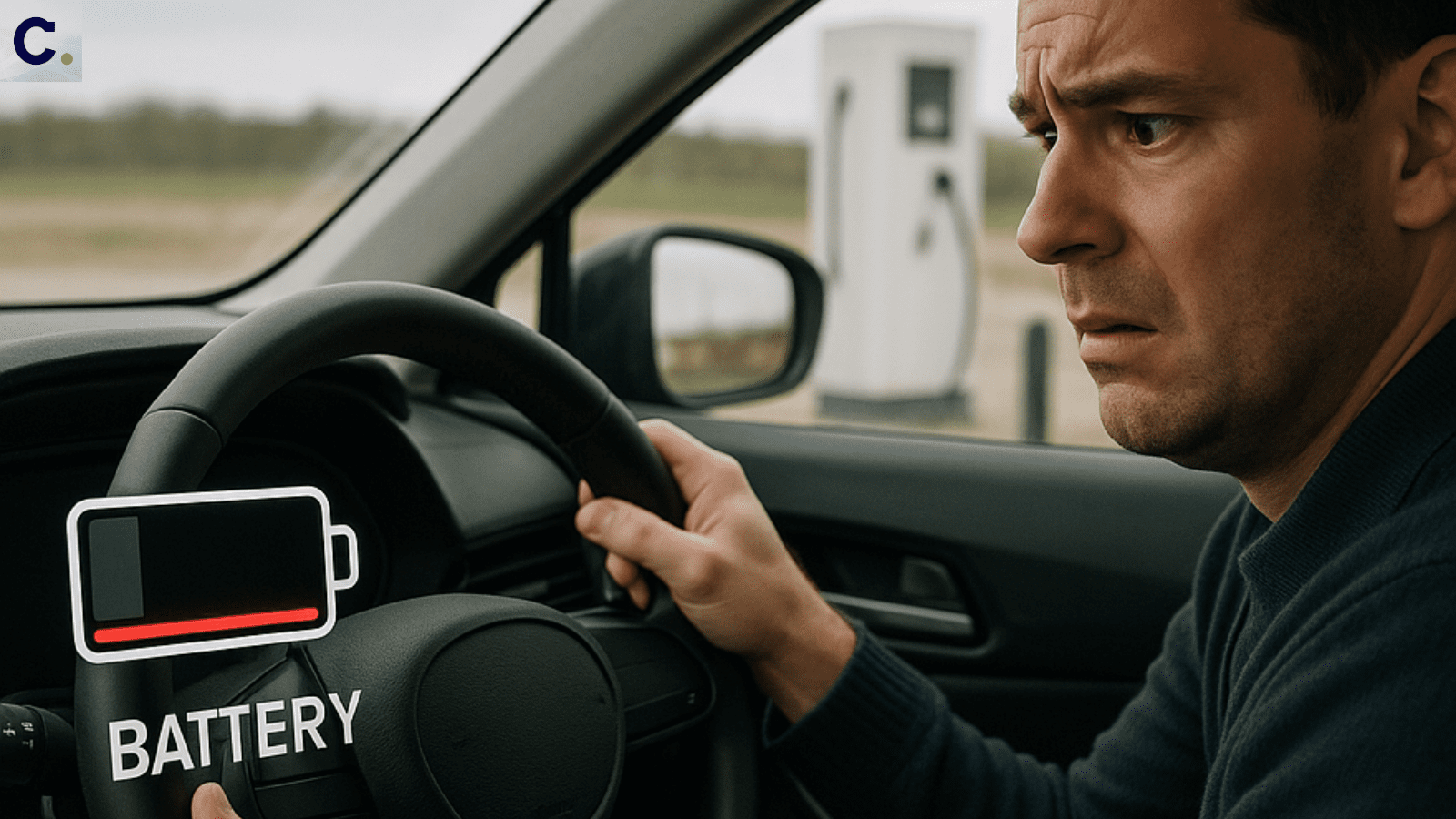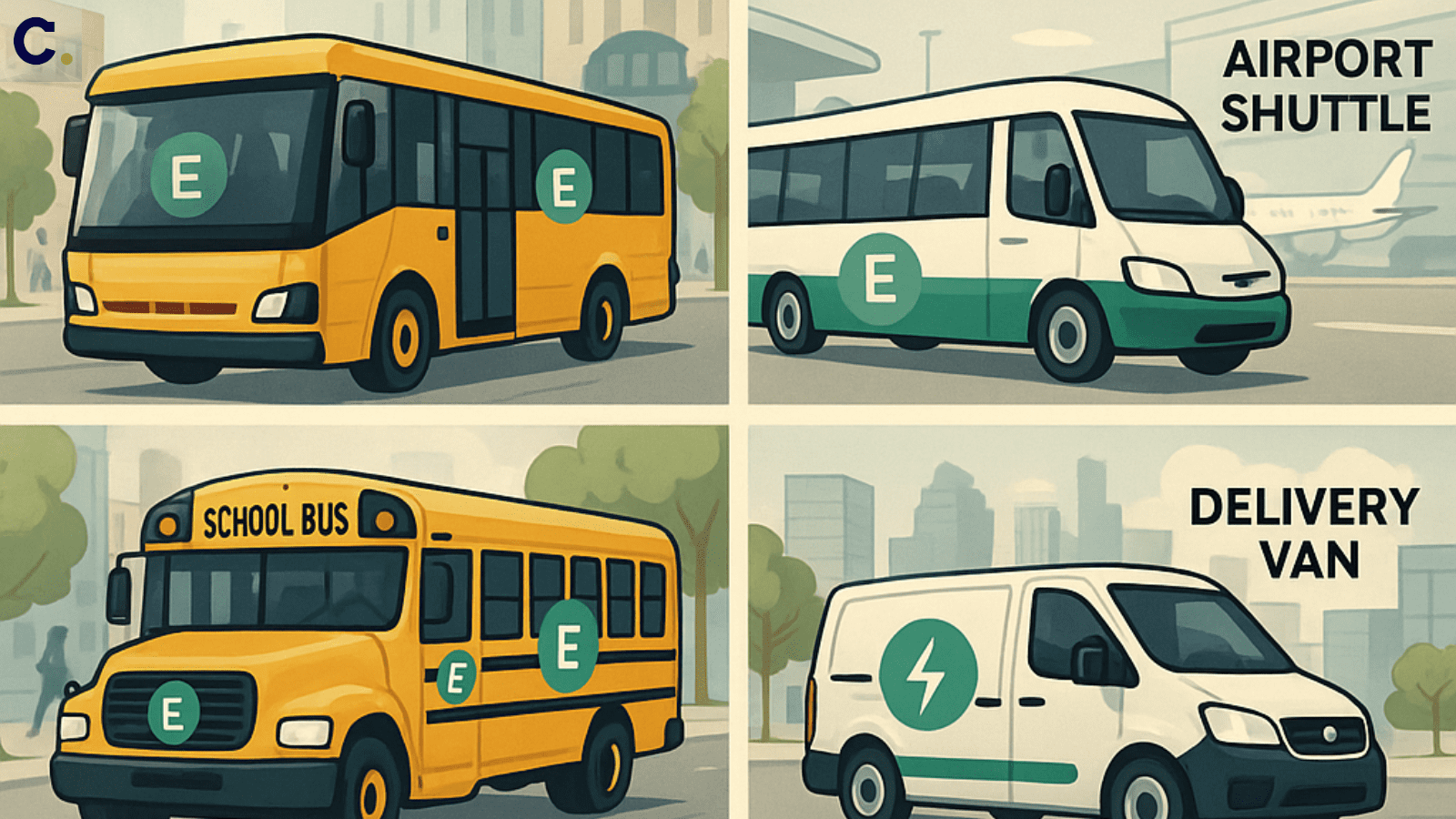🚗Tesla’s European Gamble: Model Y Sales Soar in Spain and Norway But Crash in Sweden and Denmark
Published on July 2, 2025 by Krishna Pathak

Why It Matters
Every time a petrol or diesel car drives, it releases pollution. That pollution goes into the air and makes the planet hotter. This leads to climate change, which causes floods, heatwaves, and rising sea levels. Electric vehicles help reduce this harm. They don’t produce exhaust fumes. When charged with clean energy, EVs can be almost pollution-free. Using EVs also reduces our need for oil. Countries that depend on fuel imports spend billions each year. Switching to EVs helps save money and cuts oil demand. On top of that, EVs need less maintenance. They don’t have engines with hundreds of parts. So people spend less money on repairs over time. That’s why so many countries, cities, and people are now focusing on electric vehicles. They are not just better for the environment—they are better for your pocket too.

Current Global Trends
EVs are spreading fast across the globe. In Europe, nearly every fourth new car sold is electric. Norway is one of the top countries where EVs are more common than fuel cars. China leads the world in the number of EVs and charging stations. The United States is also catching up quickly. Many cities are setting deadlines to stop selling fuel-powered cars. Some have already banned old diesel vehicles from city centers. Automakers are racing to build new models. From tiny scooters to big trucks, almost every vehicle type now has an electric version. Even in developing nations, electric rickshaws, scooters, and buses are becoming popular. People want cleaner air and cheaper transport. These global trends show that EVs are no longer a future dream. They are a present-day solution.

Breakthrough Technologies
Battery technology is key to making EVs better. Most EVs today use lithium-ion batteries. These batteries store electricity and power the vehicle. Newer versions charge faster and last longer than older ones. Solid-state batteries are the next big thing. They are safer, lighter, and more powerful. Some companies are testing batteries that give over 800 kilometers of range on one charge. EVs also have regenerative braking. That means when you press the brake, the car saves energy and puts it back into the battery. Some EVs use artificial intelligence to manage energy use and give more accurate range estimates. Wireless charging is another new idea. Just like a phone on a wireless pad, some EVs may soon charge just by parking on special roads. These advances make EVs smarter and easier to use. Visit www.cleantechtimes.com for more such posts!

Top Companies Leading Innovation
Many companies now focus only on electric vehicles. These firms create advanced models with great design and performance. They also build battery plants and invest in research. Traditional automakers are also going electric. They have shifted their factories to make more EVs than fuel cars. Some of them promise to stop making petrol cars in the next 10 years. Charging companies are also growing. These firms build charging networks in cities, highways, and shopping areas. They offer mobile apps, maps, and fast-charging options. Some even allow bookings or payments through your phone. Software companies are helping too. They provide smart systems to manage battery life, navigation, and charging needs. Together, these players are building the EV world of today.

Challenges Faced
Despite the progress, EVs still face challenges. One major issue is charging time. Even fast chargers take 20 to 60 minutes, while fuel cars fill up in minutes. Many people worry about running out of battery—this is called “range anxiety.” Charging stations are not everywhere. In small towns or villages, they may be hard to find. In apartments, people often can’t install chargers. Public chargers may be full or broken. Another problem is the cost. EVs are still more expensive to buy. Though they save money later, the starting price scares some buyers. Also, making batteries needs rare materials like lithium and cobalt. Mining them can harm nature and people. Cold weather also affects batteries. In very cold areas, EVs may lose power quickly. These issues make it harder for everyone to switch to electric vehicles.

Government Policies or Incentives
Governments play a big role in the EV shift. They offer discounts, cashbacks, and tax cuts to people who buy EVs. Some cities offer free parking or allow EVs to use bus lanes. This makes EVs more attractive. National programs help build charging stations on highways and in cities. Governments also push carmakers to produce more electric models. Some rules now say a certain number of vehicles must be electric. Public buses, police cars, and garbage trucks are being replaced by EVs in many places. This shows that governments are leading by example. These actions support faster adoption of electric transport across all levels.

Real-World Applications
Electric vehicles are not just cars. Delivery vans now drop packages without making noise or pollution. Electric buses carry passengers on daily routes. Food delivery people use electric scooters. Farmers use small electric tractors. At airports, baggage carriers, shuttles, and stair trucks are now electric. Inside warehouses, electric forklifts lift heavy goods. Schools run electric buses to protect children from pollution. Hospitals use electric ambulances to reduce noise. In cities, you can rent electric bikes and scooters using apps. Even tourists are using electric vehicles for sightseeing. These real-world uses prove that EVs fit into every part of life.

Charging Infrastructure Growth
Charging stations are growing fast. They come in three main types: Level 1 (slow), Level 2 (medium), and Level 3 (fast). Fast chargers can power up an EV in 20–30 minutes. Home chargers are common in many countries. People charge overnight in their garages. Workplaces also install chargers so employees can power up during the day. In cities, you’ll find chargers in malls, gas stations, and parking lots. Some chargers are solar-powered. Others are smart—they charge when electricity is cheapest. Apps help you find the nearest charger, book a slot, and pay with one tap. In some places, electric poles and streetlights are turning into chargers. This clever idea saves space and money. With every new charger, more people feel confident about buying an EV.

Conclusion & What Lies Ahead
Electric vehicles are making a powerful shift in how we live and travel. They are cleaner, quieter, and cheaper to run. As charging stations grow and battery tech improves, more people are choosing EVs. Companies, governments, and regular people are working together to build this new world. It’s not just about buying a new car. It’s about creating cleaner cities, safer air, and smarter transport. The EV journey has begun. And charging infrastructure is the road that makes it possible.
